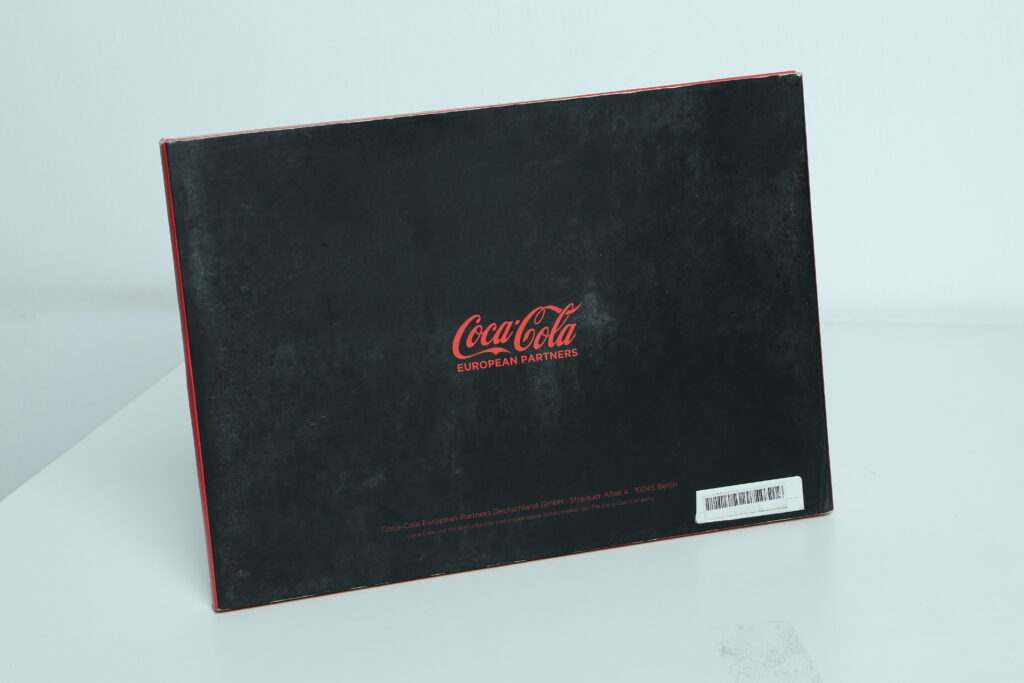How video brochures integrate video content with traditional print

Video brochures seamlessly integrate video content with traditional print elements to create a dynamic and interactive marketing tool. Here’s how video brochures combine the two mediums:
- Printed Design: Video brochures start with a traditional printed design. The outer cover of the brochure can be customized with branding elements, graphics, images, and text, just like a regular brochure. This allows businesses to maintain their visual identity and convey important information through printed materials.
- Video Screen: The key feature of video brochures is the built-in LCD screen. When the brochure is opened, the screen automatically starts playing a pre-loaded video. The screen is strategically positioned within the brochure to provide an optimal viewing experience.
- Embedded Speaker: Video brochures have a built-in speaker or audio output, which ensures that the accompanying audio of the video content is audible to the viewer. The audio enhances the overall experience and helps deliver the marketing message effectively.
- Control Buttons: Video brochures include control buttons that allow viewers to interact with the video content. These buttons typically include play/pause, volume adjustment, and navigation controls, enabling viewers to control their viewing experience.
- Memory Storage: The brochures have internal memory storage to store the video content. The memory can vary in capacity, allowing for longer or multiple videos to be included in the brochure. This enables businesses to showcase a range of products, services, or promotional material within a single brochure.
- Rechargeable Battery: Video brochures are powered by a rechargeable battery that ensures the brochure functions properly. The battery can be charged using a USB cable or similar charging methods, making it convenient for repeated use.
- Print and Video Integration: The printed design and video content are carefully synchronized to create a cohesive marketing experience. The printed elements provide context, supplementary information, and visual cues that complement the video content. For example, the printed text can provide key points or captions related to the video, while images or graphics can reinforce the messaging presented in the video.
By integrating video content with traditional print, video brochures offer a unique combination of visual, auditory, and tactile experiences. They allow businesses to leverage the attention-grabbing power of videos while retaining the tangible and familiar nature of print materials. This integration enhances engagement, captures viewer interest, and delivers marketing messages in a more immersive and memorable way compared to traditional brochures alone.


